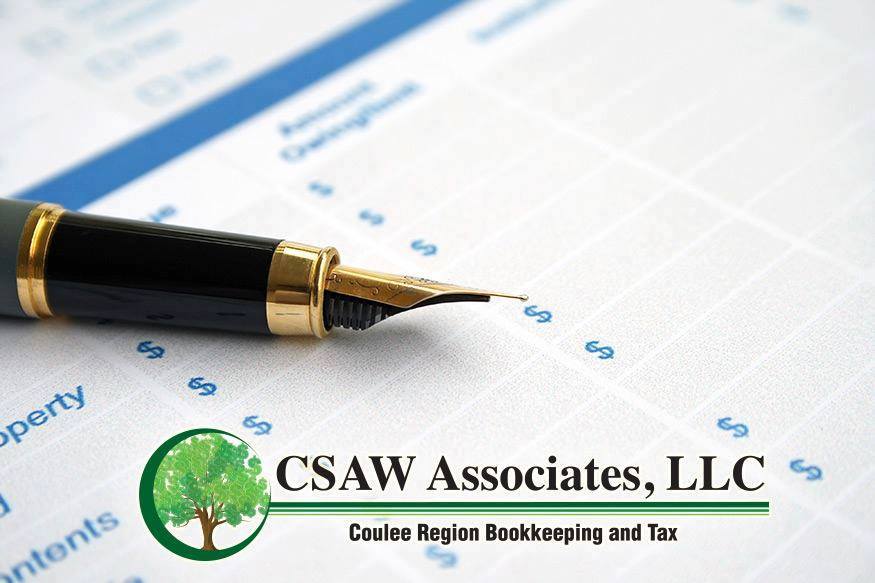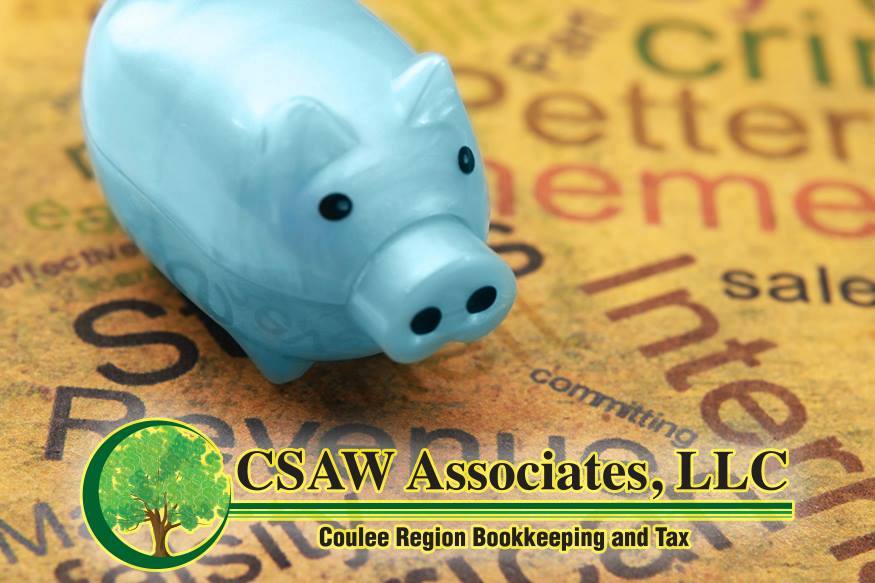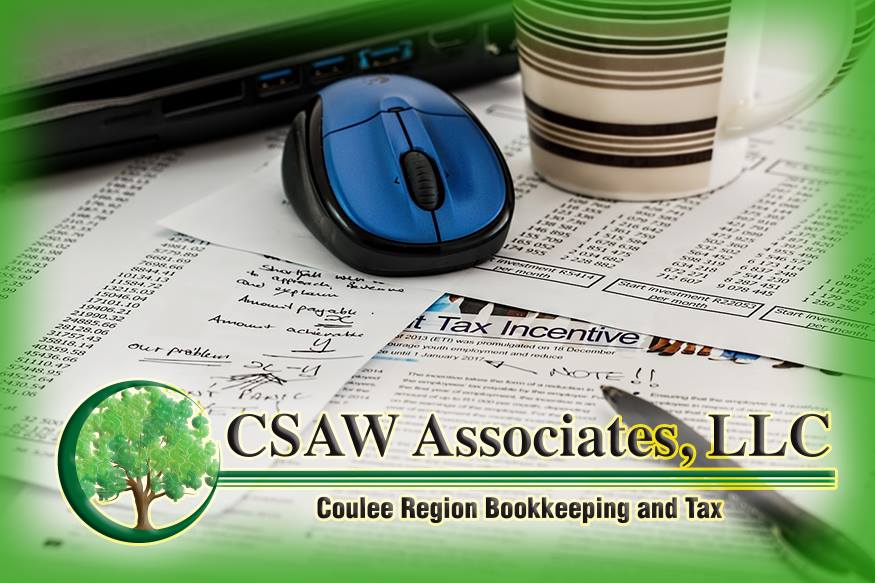The
Consolidated Appropriations Act, 2021 (CAA 2021) became law on December 27,
2020, and among many other things, provided for a second round of potentially
forgivable Paycheck Protection Program loans to small businesses that were financially
impacted by the effects of the pandemic.
The
Act not only provides funds and guidelines for a round two of PPP money; it
also expands PPP round one in a number of ways.
Here are a few of the highlights.
Changes
to PPP Round 1 Loans
Existing
borrowers with PPP loans can reapply for a loan or request a loan increase as
long as they have not received forgiveness. This includes borrowers that
returned all or part of their PPP loan or whose loan maximum has increased due
to regulations implemented after receipt of their loan.
Businesses that have not been granted forgiveness can spend PPP money and apply for forgiveness on an expanded list of expenses, including:
- Software, cloud computing, HR, and accounting
- Property damage
- Supplier costs
- Essential contracts in force prior to loan
- Worker protections, e.g. PPE
- Payroll costs can include group insurance including group life, disability, vision, dental
They can now choose their covered period at any time between 8 and 24 weeks (previously it was 8 OR 24 weeks only).
There will be a simplified forgiveness application for loans under $150,000. However, do note that this is not the rumored rubber stamp: the backup paperwork and calculations are still required.
The SBA has until January 21, 2021 to establish the guidelines for the application process.
PPP
Second Draw Loans
Additional
PPP monies will be available to qualifying businesses, up to loan amounts of $2
million. The business must:
- Employ
300 or fewer employees
- Have
used or plan to use the full amount of PPP1
- Can
prove a 25 percent drop in revenue in any quarter of 2020 compared to 2019
Businesses,
certain non-profit organizations, housing cooperatives, veterans’ organizations,
tribal businesses, self-employed individuals, sole proprietors, independent
contractors, and small agricultural co-operatives are eligible.
In round two, borrowers may receive a loan amount of up to 2.5X the average monthly payroll costs in the one year prior to the loan or the calendar year. Businesses with NAICS code 72 (Accommodation and Food Services) may receive loans of up to 3.5X average monthly payroll costs. The rules for forgiveness are the same as in round one.
Organizations not eligible for PPP2 include:
- Businesses
not in operation on Feb 15, 2020
- Businesses
that received a Shuttered Venue Operator Grant
- Entities
normally ineligible for SBA loans in general, except for nonprofits and
religious organizations
- Political
organizations and lobbyists
- Entities
affiliated with entities in the People’s Republic of China
- Registrants
under the Foreign Agents Registration Act
- Publicly
traded companies
The
entire program in extended to March 31, 2021.
There
are also special provisions for these types of businesses:
- Venues
- Farmers
and Ranchers
- Housing
Cooperatives
- News
Organizations
- 501(c)(6)
and Destination Marketing Organizations
- Businesses
in bankruptcy proceedings
The
disclosures have also gotten stronger, with specific provisions for collection
of demographic information and required disclosures for leaders in government
to publicize their receipt of PPP forgiveness as well as prohibition of them
receiving PPP loans in the future.
The
law gives SBA a deadline to act, which varies from 10-24 days depending on the
section. The next course of action for businesses that want to apply for these
funds is:
- Continue
gathering your documents,
- Make
your calculations,
- Check
with your accountant if you need help,
- Select
your SBA-approved bank, and
- Wait
for both
- Your
bank to open the application portal
The Economic
Aid to Hard-Hit Small Businesses, Nonprofits, and Venues Act starts on page 2042
of the 5593-page bill in case you want to see for yourself. And if not, know
we’re here as your tax law interpreter, so feel free to reach out anytime.



